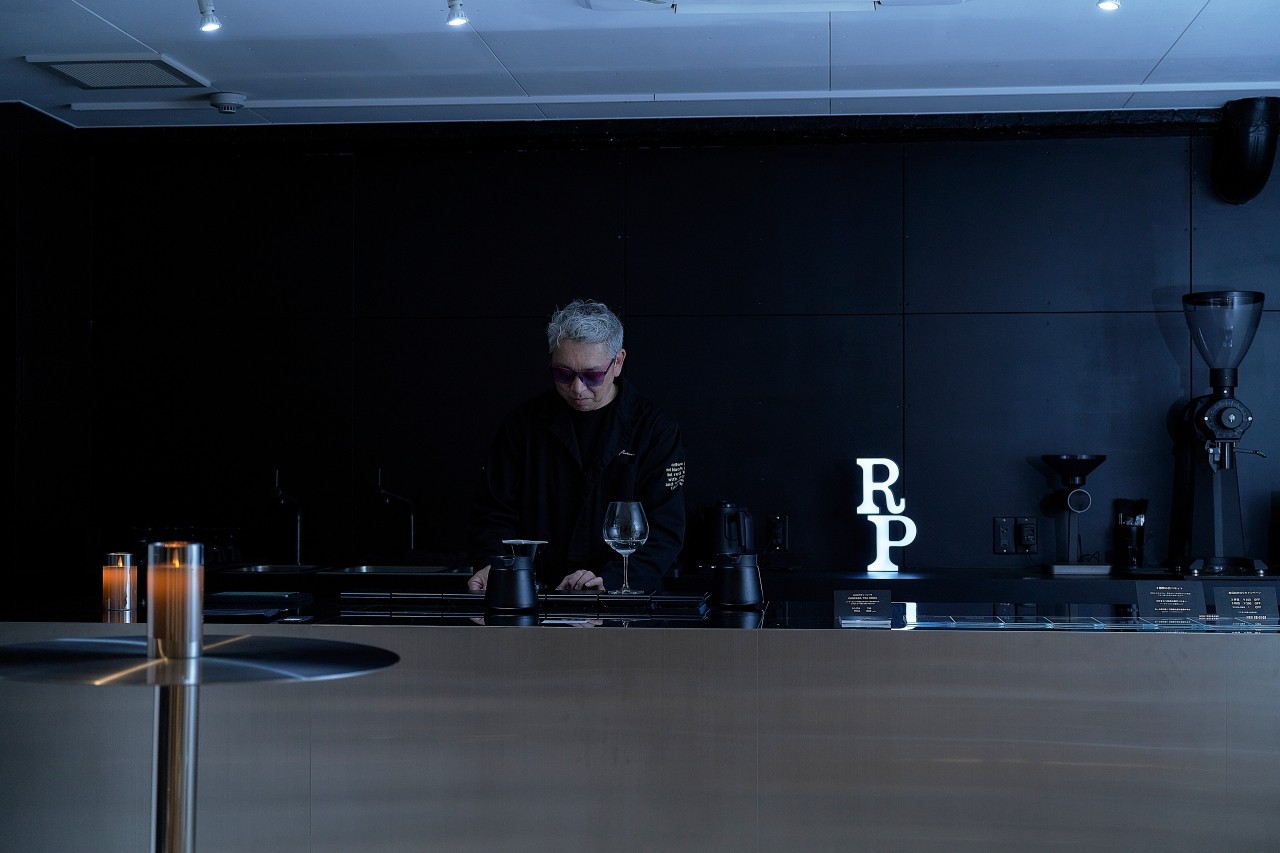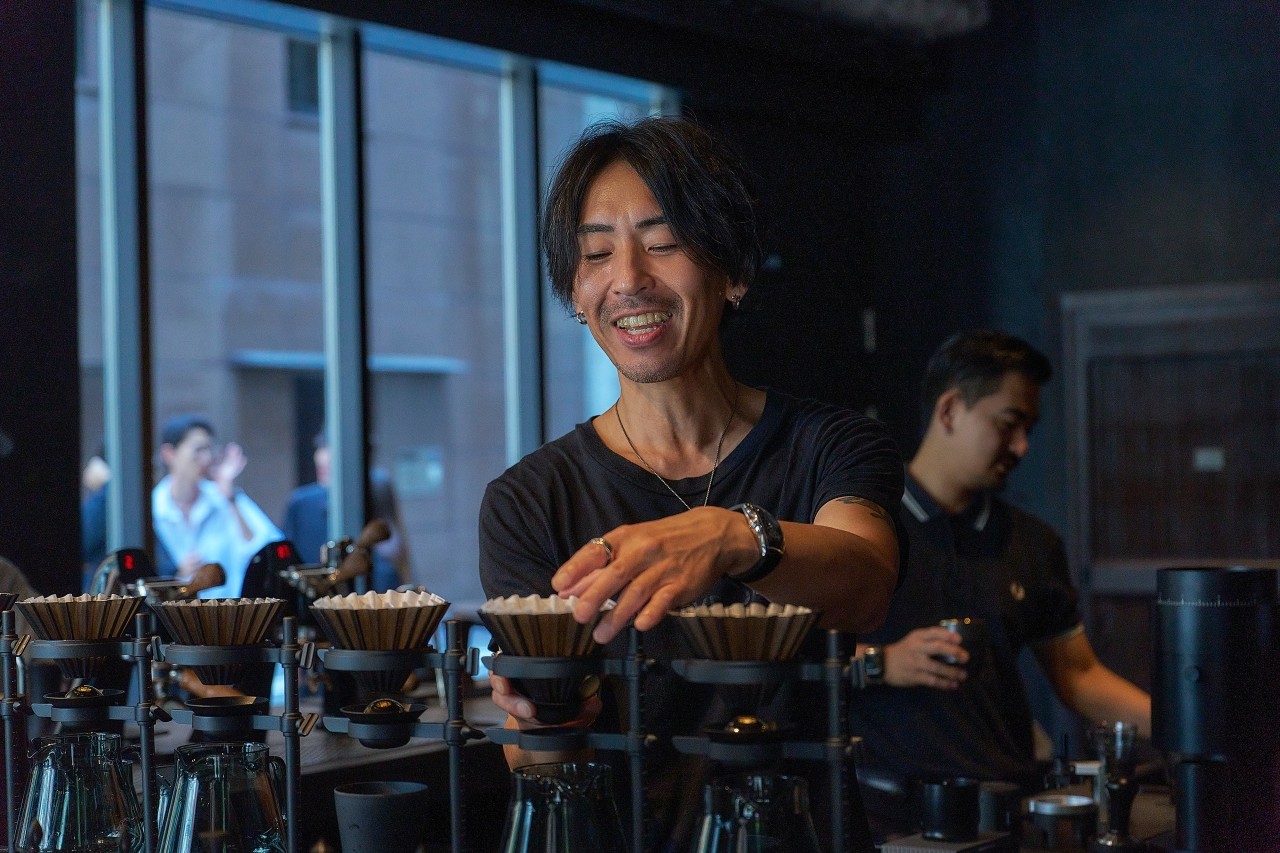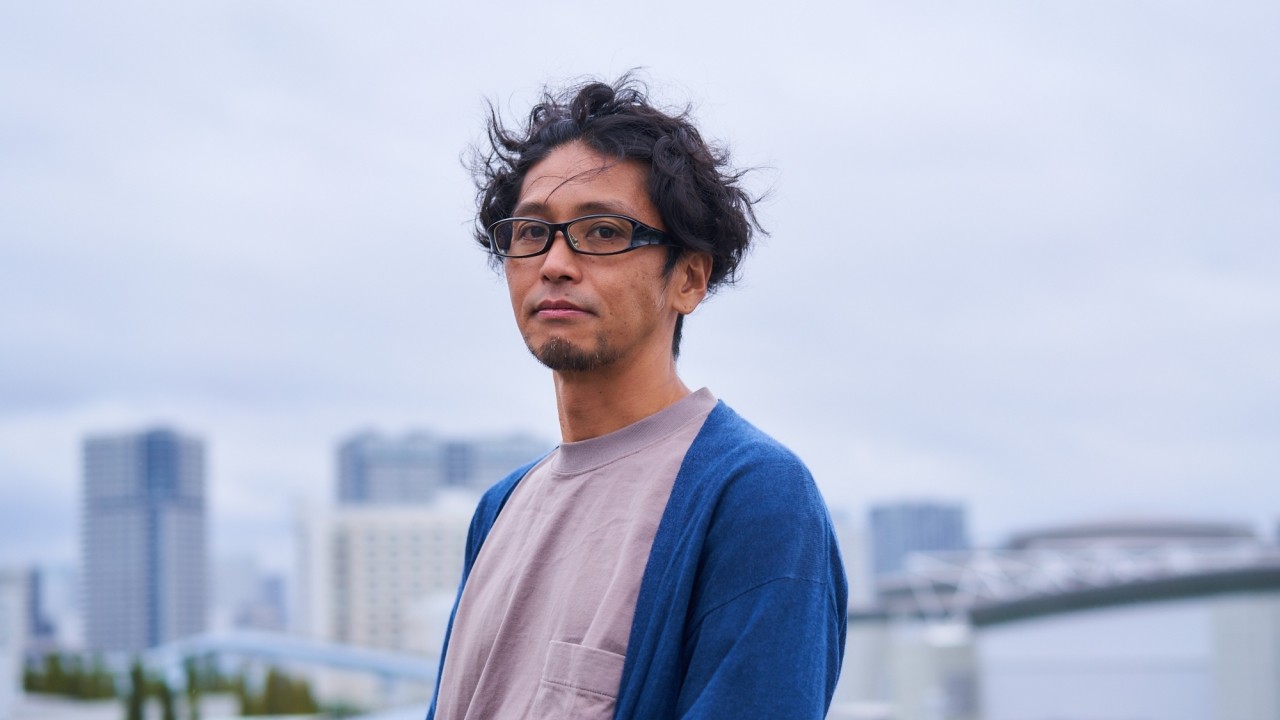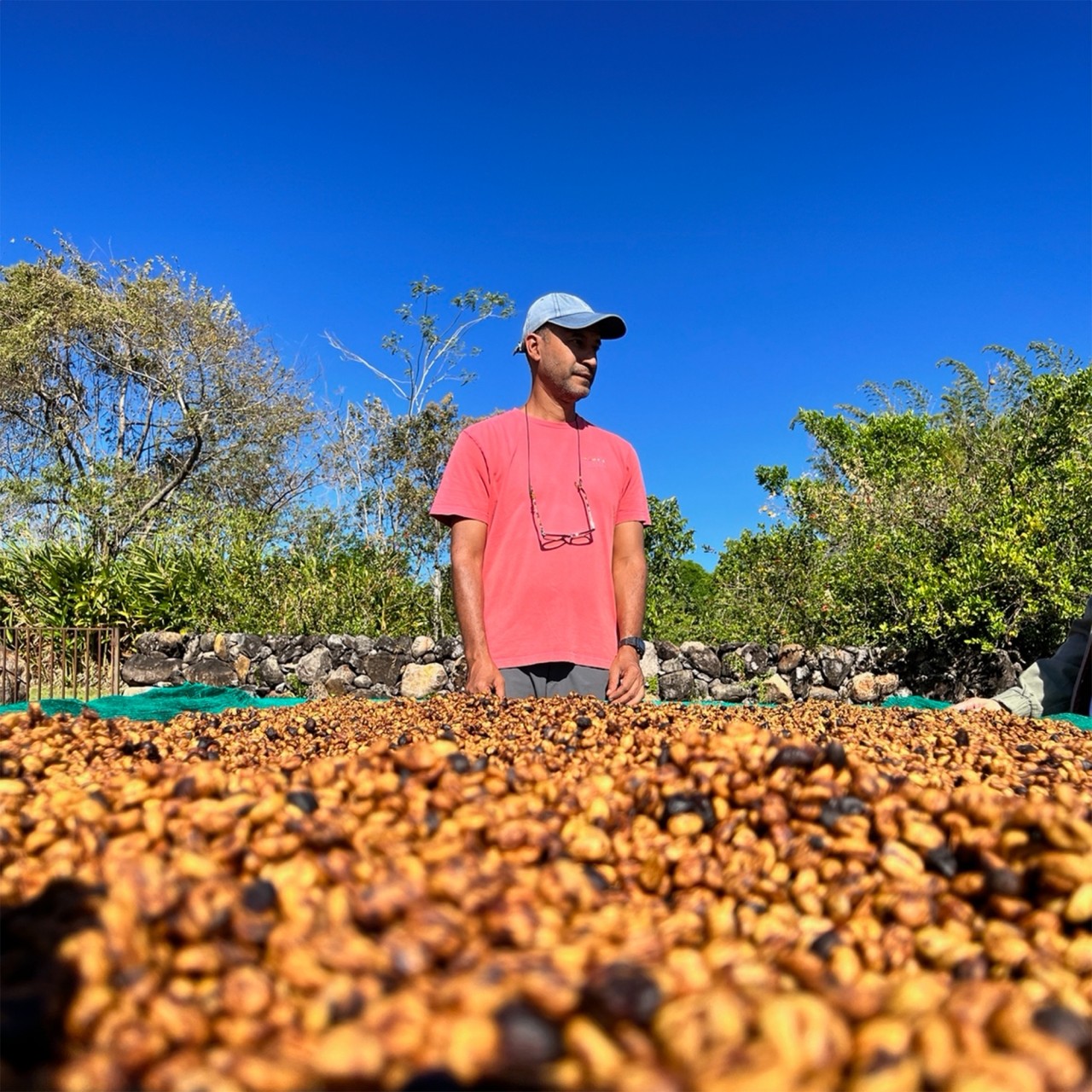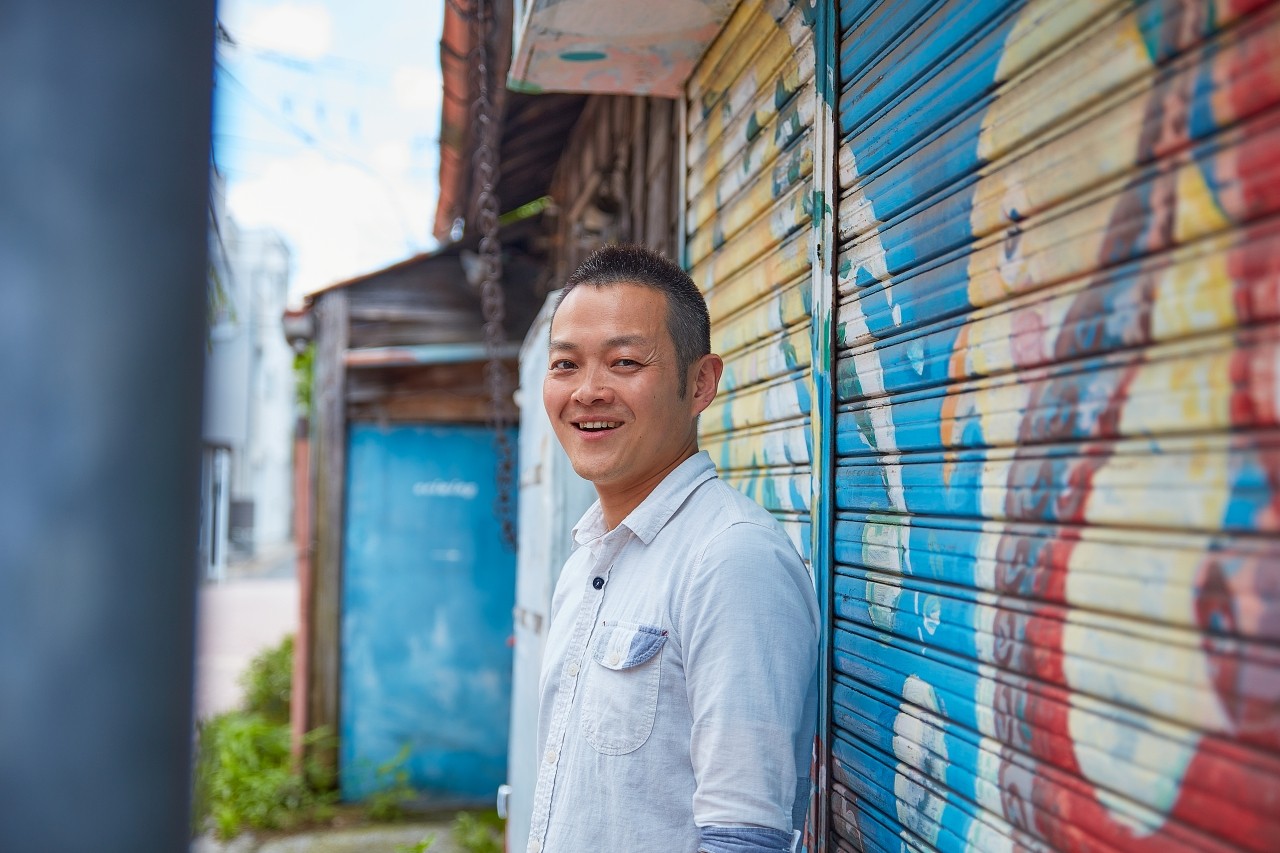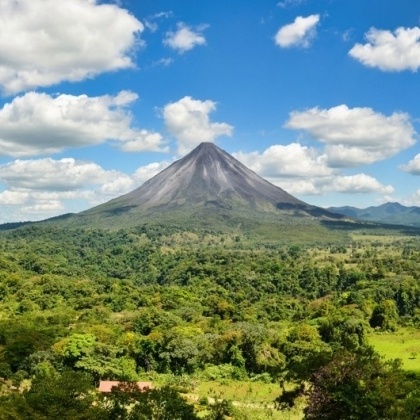Panama, home of the world's best Geisha <Introduction to coffee producing regions around the world>
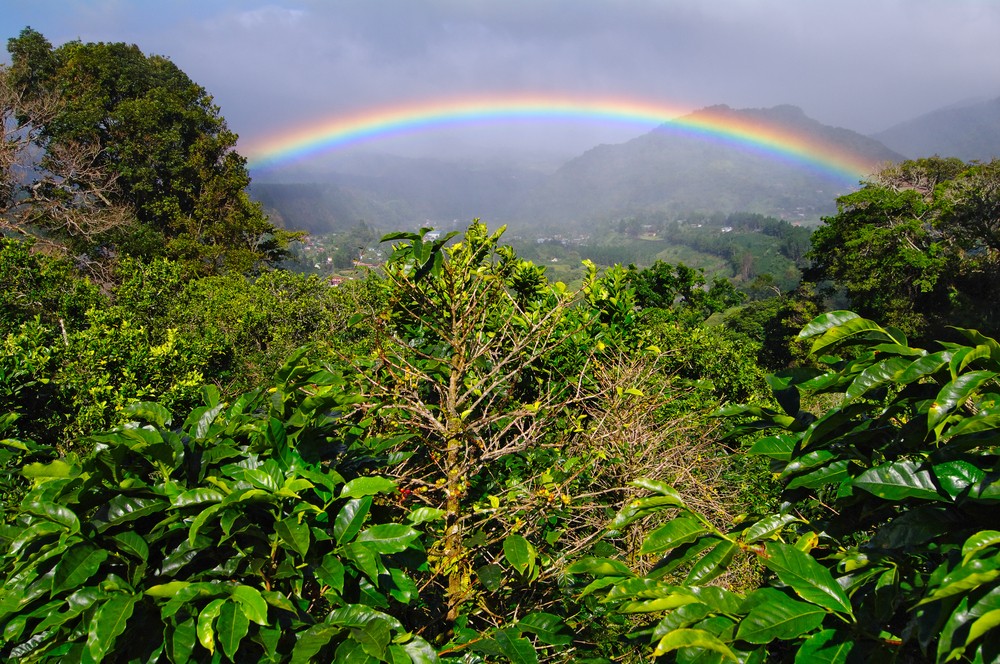
Coffee plantation in Boquete, Panama
In this series introducing coffee-producing regions around the world, we will be looking at Panama, the country that produces "Panama Geisha ," said to be the most expensive coffee in the world.
We will tell you about the origins and appeal of Panamanian coffee.
We will tell you about the origins and appeal of Panamanian coffee.
The microclimate that is best for growing coffee
The Republic of Panama is a country located in Central America, connecting North and South America. It borders Costa Rica to the west and Colombia to the east. Panama's area is approximately 75,000 square kilometers, about the size of Hokkaido. Panama is famous for the Panama Canal, but other major industries include shipping, mining, and Hikaru , with coffee being a major agricultural product.
Eighty percent of the country is mountainous, with the remainder covered by tropical rainforest.
The climate is tropical, and some areas have fertile volcanic soil and large temperature differences, making it an ideal environment for growing coffee.
Tropical Panama is a treasure trove of nature. Its highest peak, Volcano Baru (3,474m), rises near the border with Costa Rica, Panama's western neighbor.
In this area, where mountain ranges stretch from the Rocky Mountains of North America to the Andes in the south, cold winds from the Rockies collide with warm winds rising from the Pacific Ocean in the south. This constantly creates clouds, causing rain, which then turns into finer mist and falls on the region. The locals call this mist "Bajaleque."

At the foot of the Baru Volcano, where the mist known as "Bahareke" is often generated
In the highlands at the foot of Baru Volcano, the climate changes dramatically within a small area.
For this reason, it is said that the weather can be completely different even between coffee plantations that are just a few hundred meters apart.
This unique environment, known as a microclimate, is a perfect environment for growing high-quality coffee cherries. Each region has different weather and soil conditions, which results in different cherries growing on each farm, resulting in a wide variety of unique coffees.
Panama's coffee-producing regions and their characteristics
Panama's coffee plantations are concentrated in the Boquete and Volcano regions at the foot of the Baru Volcano.
The country's annual coffee production is not very large, only 1/10th of that of Costa Rica and only 1/100th of that of Colombia.
The Boquete region, located on the eastern slope of Volcano Baru, and the Volcan region, located on the western slope, have volcanic ash soil that is rich in minerals.
Coffee is primarily grown in areas between 1,500m and 1,700m above sea level. This high altitude creates a large temperature difference between day and night, making it possible to cultivate flavorful coffee. However, as is typical of tropical areas, there are distinct rainy and dry seasons, and as mentioned above, frequent fog often blocks direct Hikaru , helping to maintain a moderate temperature.
In terms of coffee processing, the natural method of drying carefully harvested coffee cherries in the sun is the basis, as the climate has a distinct rainy and dry season. On top of that, other processing methods have also been used to create a variety of flavors.
Coffee is primarily grown in areas between 1,500m and 1,700m above sea level. This high altitude creates a large temperature difference between day and night, making it possible to cultivate flavorful coffee. However, as is typical of tropical areas, there are distinct rainy and dry seasons, and as mentioned above, frequent fog often blocks direct Hikaru , helping to maintain a moderate temperature.
In terms of coffee processing, the natural method of drying carefully harvested coffee cherries in the sun is the basis, as the climate has a distinct rainy and dry season. On top of that, other processing methods have also been used to create a variety of flavors.
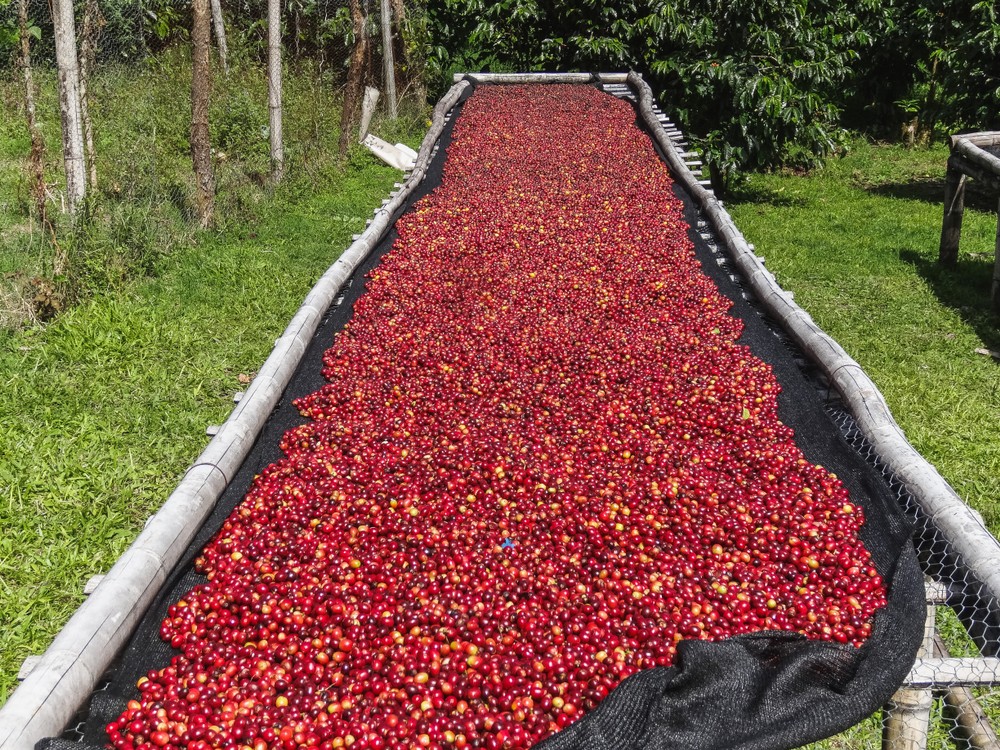
Drying coffee cherries on a farm in Boquete
After the so-called "coffee crisis," Panama shifted its focus to specialty coffee production. As a result, most of the farms are small to medium-sized, and each farm is involved in the entire process from cultivation to harvesting, processing, and shipping.
They cultivate a wide variety of coffee varieties, including the famous Geisha , Pacamara , Catuai, Caturra, and Typica , and each farm conducts its own research and trial and error into processing methods, exchanging know-how with other farms to produce the high-quality coffee that is unique to Panama.
They cultivate a wide variety of coffee varieties, including the famous Geisha , Pacamara , Catuai, Caturra, and Typica , and each farm conducts its own research and trial and error into processing methods, exchanging know-how with other farms to produce the high-quality coffee that is unique to Panama.
History of coffee cultivation
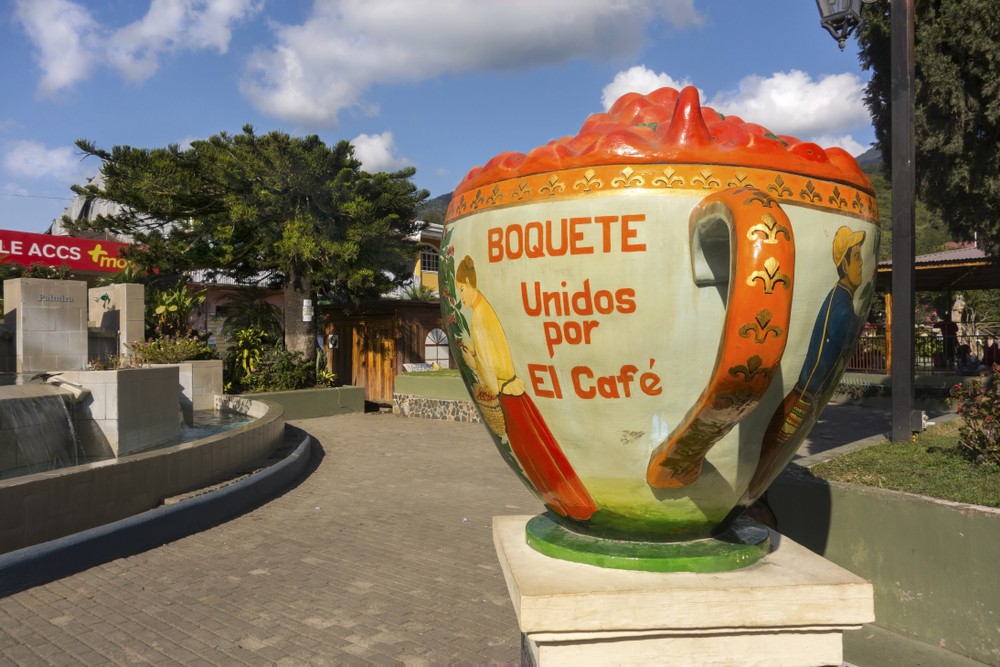
Coffee cup monument in the center of Boquete
Coffee cultivation began late in Central America, between 1870 and 1890 in the Boquete region of Chiriquí province in the west.
At this time, coffee cultivation was already active in neighboring countries, and Panama's coffee, being small in scale, had low production volumes compared to neighboring countries and was not highly regarded on the international market, so there was a time when it was shipped via Costa Rica as Costa Rican coffee.
Furthermore, a drop in international prices put Panamanian coffee exports, which already had a weak foundation, in danger. In response to this situation, Panama decided to improve the quality of its coffee and establish a policy of adding value as a specialty coffee producing region, and established the Panama Specialty Coffee Association. It also held an international competition and auction called "Best of Panama," promoting the quality of its coffee to the world.
Within this framework, the Geisha variety from Esmeralda Farm appeared like a comet. Geisha Geisha global trend, making the quality of Panamanian coffee known to the world.
At this time, coffee cultivation was already active in neighboring countries, and Panama's coffee, being small in scale, had low production volumes compared to neighboring countries and was not highly regarded on the international market, so there was a time when it was shipped via Costa Rica as Costa Rican coffee.
Furthermore, a drop in international prices put Panamanian coffee exports, which already had a weak foundation, in danger. In response to this situation, Panama decided to improve the quality of its coffee and establish a policy of adding value as a specialty coffee producing region, and established the Panama Specialty Coffee Association. It also held an international competition and auction called "Best of Panama," promoting the quality of its coffee to the world.
Within this framework, the Geisha variety from Esmeralda Farm appeared like a comet. Geisha Geisha global trend, making the quality of Panamanian coffee known to the world.
The emergence of Geisha , the world's most expensive coffee
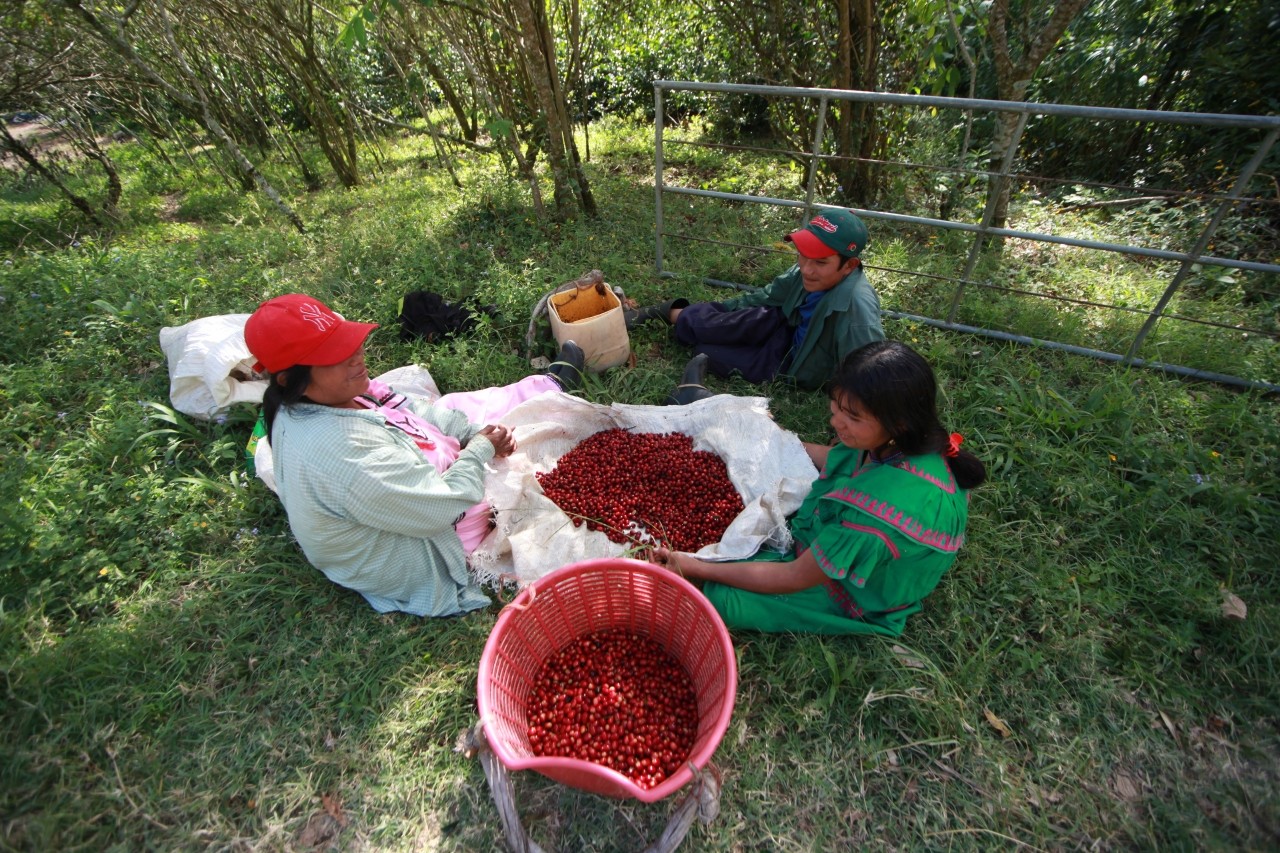
Harvesting coffee cherries at Esmeralda Farm
While the quality of Panamanian coffee had continued to improve, the arrival of Geisha marked a turning point. Geisha coffee, which originated in Ethiopia, was first transplanted to neighboring Costa Rica. In 1963, the first Geisha coffee was transplanted to the Boquete region of Chiriquí province, Panama's most prosperous coffee-growing region.
Geisha variety was introduced to Panama as a variety resistant to rust, but it had limited growing conditions, such as the need for high altitude, and the coffee trees grew nearly twice as tall as those of Typica and Bourbon varieties, making it difficult to cultivate and harvest, and resulting in low yields. As a result, it never became popular among coffee farmers.
However, it was Esmeralda Farm that noticed this potential, and a dramatic story awaited when this variety, which had happened to be planted there, was rediscovered.
Geisha variety was introduced to Panama as a variety resistant to rust, but it had limited growing conditions, such as the need for high altitude, and the coffee trees grew nearly twice as tall as those of Typica and Bourbon varieties, making it difficult to cultivate and harvest, and resulting in low yields. As a result, it never became popular among coffee farmers.
However, it was Esmeralda Farm that noticed this potential, and a dramatic story awaited when this variety, which had happened to be planted there, was rediscovered.
Geisha 's success has continued to this day. Its unique and noble flavor, also known as Geisha flavor, shocked the coffee industry and quickly gained worldwide acclaim.
And at the advanced coffee farms of Panama, experimental efforts are being actively undertaken to discover the next step after Geisha .
Various varieties that will lead the next generation are emerging, and we look forward to seeing what other coffees will come out of Panama in the future.
Why not try some Panamanian coffee and think about Panama?
Why not try some Panamanian coffee and think about Panama?
If you want to enjoy coffee more deeply
" CROWD ROASTER APP"
Manabu at CROWD ROASTER LOUNGE
・Push notifications for article updates・Full of original articles exclusive to CROWD ROASTER
・Direct links to detailed information about green beans and roasters
App-only features
- Choose green beans and roasters to create and participate in roasting events・CROWD ROASTER SHOP: Everything from beans to equipment is readily available
・GPS-linked coffee map function



